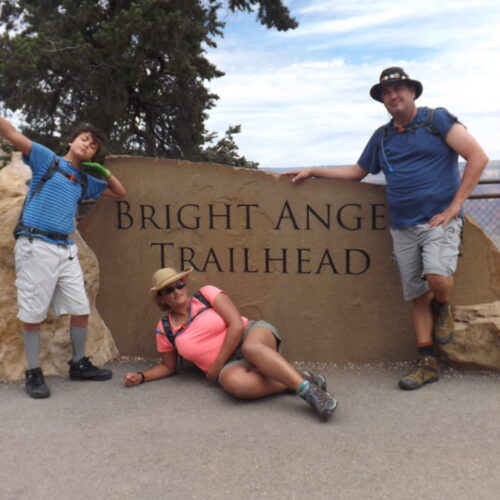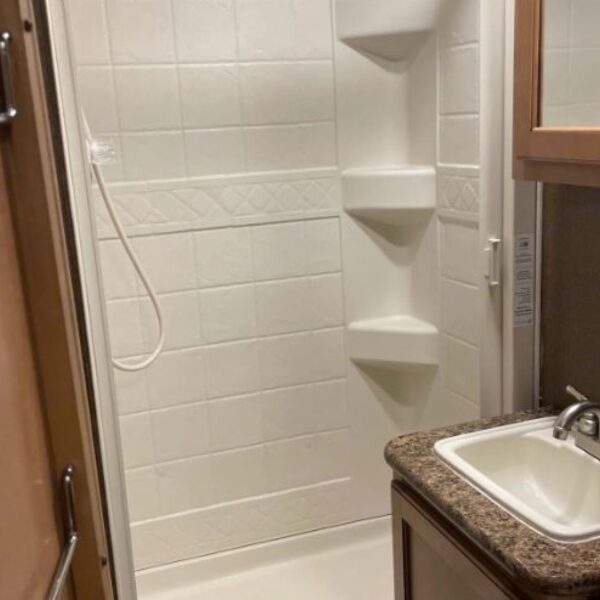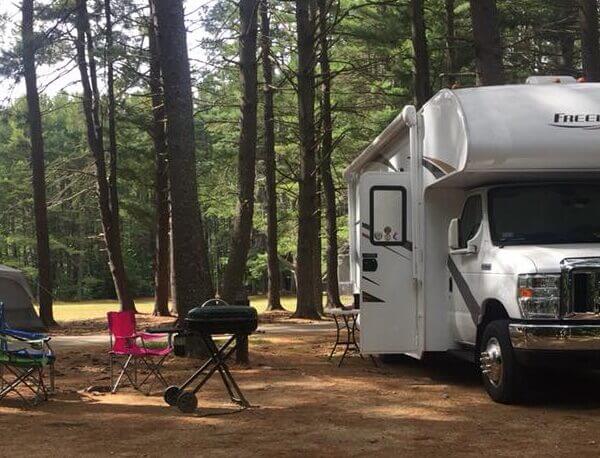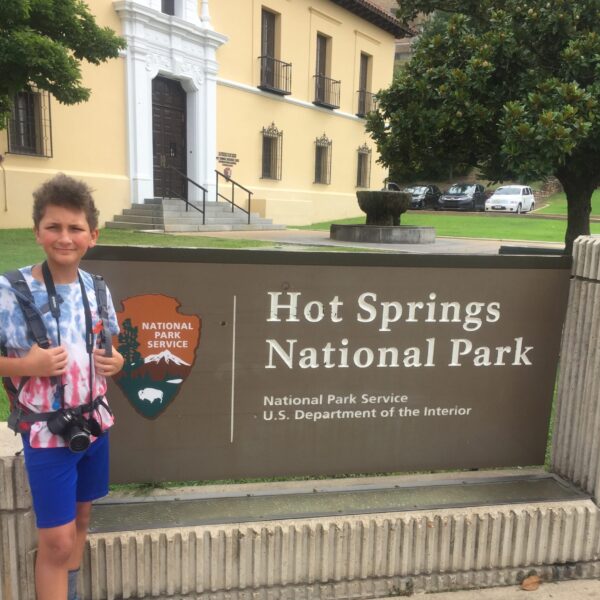Whether this is your first visit to our page or not, it is no secret we love the National Parks. Visiting a national park is an incredible opportunity to make lifelong memories, connect with nature, and explore breathtaking landscapes. However, we also need to ensure that we protect these natural wonders. Many National Parks are delicate ecosystems, and practicing good etiquette is essential to minimize your impact. Whether you’re a first-time visitor or an experienced outdoor enthusiast, understanding and following the principles of Leave No Trace, respecting wildlife, and being mindful of other visitors’ National Park etiquette is vital to protecting the Parks.
Our guide on National Park etiquette will cover everything from proper trail manners to safely interacting with wildlife. These tips will help you enjoy your adventure while contributing to public land conservation. These simple guidelines will help protect the environment, promote sustainability, and make National Parks more enjoyable. Whether hiking, camping, or just taking in the views, practicing good etiquette is a small but vital way to give back to the places that offer us so much. So, before you set off on your next adventure, please take a moment to learn how to be a responsible visitor and preserve the wild beauty of our national parks. To learn more about camping in National Parks, visit our RV Guide to the National Parks post.
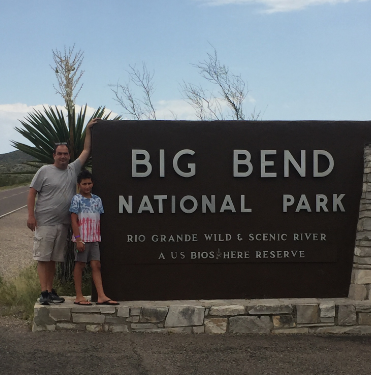
National Park Etiquette
Etiquette is simply about practicing good manners. In the context of National Parks, it’s about showing common courtesy to nature and fellow visitors. Unfortunately, certain bad behaviors are all too common in these beautiful spaces. Here’s a list of poor habits that we frequently notice in parks.
Stay on the Trails
Many believe stepping off the designated path will help them capture the perfect picture. However, doing so can damage plants, disturb wildlife, or harm fragile habitats. Additionally, venturing onto unstable ground can be dangerous, increasing your risk of losing your footing or encountering other hazards. Staying on the trail protects both you and the environment.
The U.S. National Park Service recommends staying on the trails unless you have to step off. Staying on the trails helps ensure your safety. If you must go off a trail, follow Leave No Trace principles to protect the wilderness. This includes traveling on durable surfaces and avoiding damaging vegetation.
Don’t Approach or Feed the Wildlife
Avoid feeding wildlife, no matter how cute or hungry they appear. When animals become reliant on humans for food, they can lose their instincts to find nourishment on their own. This disrupts the ecosystem and means you’re likely giving them something not part of their healthy diet.
Of course, human foods are not healthy for wild animals. Animals that eat our snacks can get full of the wrong foods and stop eating the nutrients they need to survive. This could lead to them not hunting, foraging, or scavenging as they would naturally. They want human food or die trying.
Another reason to maintain a safe distance is that animals can become aggressive. Even small and gentle creatures may turn hostile if they’ve come to expect food from people and don’t receive any.
Leave the Dirt and Rocks at the Parks
To preserve the beauty and health of our natural parks, it’s essential to leave dirt, rocks, and other natural objects where they belong. Moving or taking them disrupts the delicate ecosystem and can harm wildlife. The soil and rocks contribute to the environment’s balance, protecting plants, animals, and waterways. Let future visitors experience the same natural wonders by leaving everything as you found it. Enjoy the parks responsibly—leave no trace.
Be Courteous of Others On Hiking Trails
Being courteous to others on hiking trails enhances everyone’s experience and helps maintain a harmonious environment. When encountering fellow hikers, always yield the trail to those ascending, as climbing is more challenging. Step aside to let others pass and avoid blocking narrow paths. Keep noise levels down to respect others seeking solitude and avoid playing loud music. If you’re part of a group, keep conversations quiet and stay to the side of the trail to prevent congestion.
When meeting horseback riders, give them ample space and step off the trail if necessary, as horses can be easily startled. If you encounter bikers, communicate clearly and move to the side to let them pass safely. By practicing patience and kindness, you contribute to a positive and enjoyable experience for all trail users, fostering a respectful and considerate hiking community.
Leave No Trace
The National Park Service (NPS) promotes the Leave No Trace (LNT) program, which encourages responsible outdoor practices to preserve natural landscapes for future generations. This program is built on seven core principles: plan and prepare, travel and camp on durable surfaces, dispose of waste properly, leave what you find, minimize campfire impact, respect wildlife, and be considerate of others. By following these guidelines, visitors reduce their environmental impact and help maintain the pristine beauty of national parks.
Leave No Trace emphasizes that even small actions, such as picking up trash, sticking to trails, and refraining from feeding wildlife, can have a significant positive effect. The program educates park visitors on how to coexist with nature without disturbing it, ensuring that these protected areas remain vibrant and healthy ecosystems. Practicing Leave No Trace is vital to help protect and preserve national parks for future generations.
National Park Etiquette Conclusion
National Park etiquette is crucial for preserving these cherished landscapes’ natural beauty and integrity. By adhering to established guidelines, visitors ensure that parks remain pristine and enjoyable for future generations. Practices like staying on marked trails, packing out all waste, and respecting wildlife contribute to conserving delicate ecosystems and protecting the natural habitat from unnecessary disturbances.
Respecting park rules also enhances the experience for all visitors. Keeping noise levels low, following fire regulations, and being considerate of others on the trails foster a harmonious environment where everyone can appreciate nature’s tranquility. Additionally, understanding and following Leave No Trace principles reinforces the commitment to minimize human impact, ensuring that the parks’ natural features and wildlife continue to thrive.
Ultimately, practicing good National Park etiquette is not just about following rules—it’s about fostering a deep respect for nature and a shared responsibility for its stewardship. By doing so, we contribute to our national treasures’ lasting beauty and health.
We love to hear from our followers. Please leave a comment below.
Do you have any additional National Park teiquette tips you would like to her?



